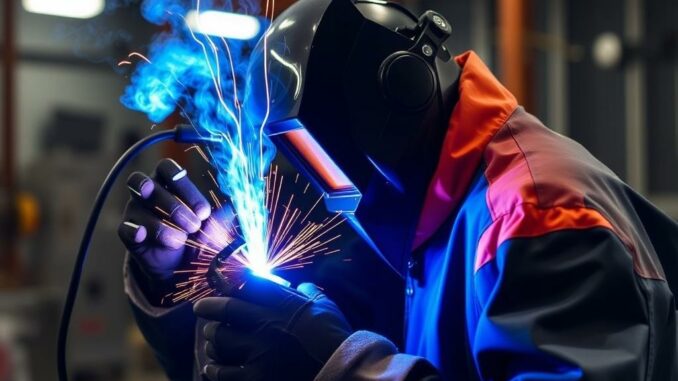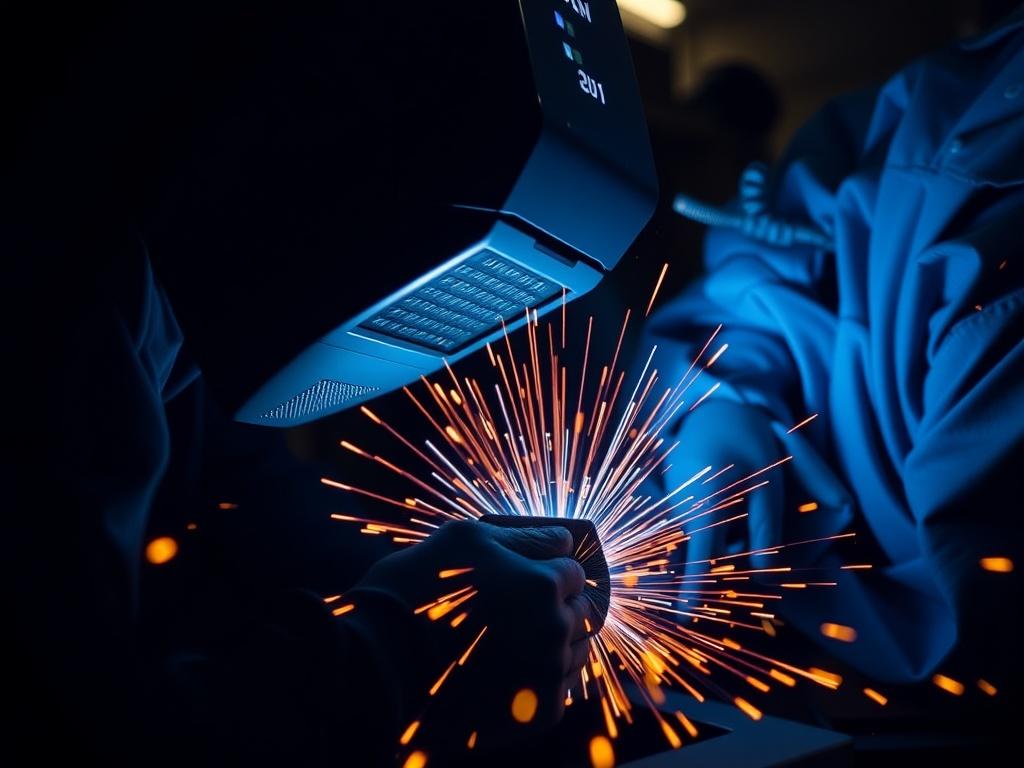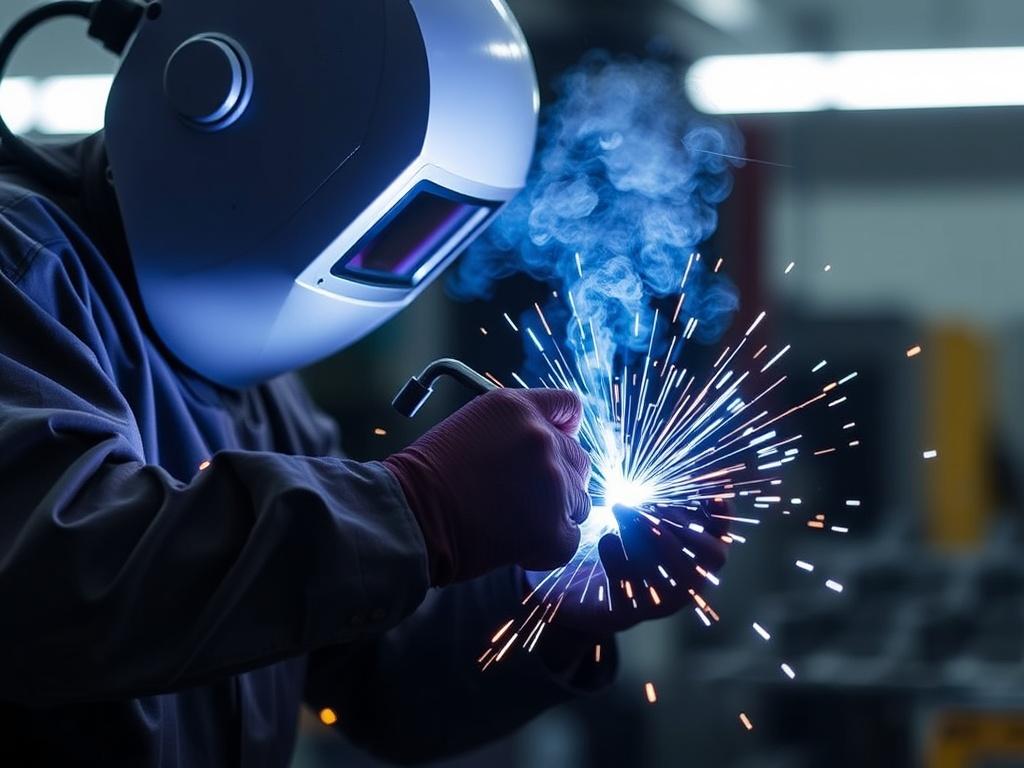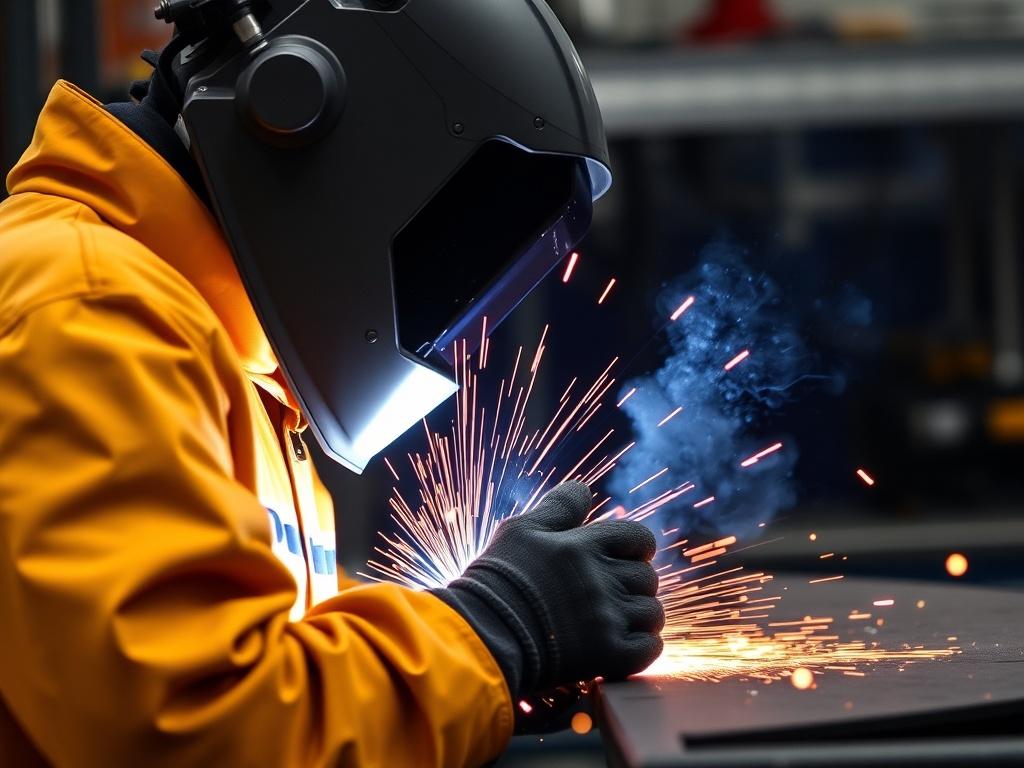
Welding, a fundamental process in manufacturing and construction, has long relied on the skill and intuition of human welders. However, as industries push toward greater precision, efficiency, and safety, the integration of artificial intelligence (AI) in welding is revolutionizing the field. Among the most promising AI technologies, machine learning stands out as a powerful tool to enhance welding quality, reduce defects, and optimize production processes. This article delves deep into the world of AI-driven welding, exploring how machine learning transforms traditional methods into advanced, data-driven solutions that benefit manufacturers and end-users alike.
Understanding Welding and Its Challenges
Before we dive into how machine learning improves welding quality, it is important to grasp the basics of welding and the common challenges associated with it. Welding involves joining two or more metal pieces by melting their edges and allowing them to cool, forming a strong bond. This process is integral to fabricating everything from automobiles and aircraft to pipelines and skyscrapers.
Despite its widespread use, welding presents several challenges:
- Inconsistent Quality: The quality of a weld can vary significantly based on the welder’s skill, environmental conditions, and material types.
- Defects and Errors: Weld flaws such as cracks, porosity, incomplete fusion, and undercut can compromise the structural integrity of the joint.
- Time-Consuming Inspections: Traditional quality control relies heavily on manual visual inspection and destructive testing, both of which are slow and costly.
- Material and Process Variability: Different metals and welding processes require specific parameters; slight deviations can lead to quality issues.
Given these challenges, manufacturers are seeking advanced technologies to ensure higher standards of weld quality. This is where AI and machine learning enter the picture.
What is Machine Learning and How Does it Relate to Welding?
Machine learning, a subset of artificial intelligence, involves training computers to recognize patterns in data and make decisions or predictions without explicit programming for every task. Essentially, machine learning algorithms learn from historical data to identify trends, classify inputs, or optimize outputs over time.
In welding, machine learning leverages vast amounts of data collected during the welding process — including temperature readings, electrical current, arc voltage, gas flow, and even visual images of welds — to predict outcomes, detect defects, and recommend process adjustments. By continuously learning from new data streams, AI systems can surpass human capabilities in maintaining consistent welding quality.
This transformative approach makes welding smarter, more reliable, and faster, ultimately boosting productivity while reducing costs related to rework and scrap.
Types of Machine Learning Techniques Used in Welding
Machine learning can be divided into three main types, each of which has applications in welding:
| Machine Learning Type | Description | Welding Application |
|---|---|---|
| Supervised Learning | Algorithms learn from labeled datasets where the desired output is known. | Classifying weld defects based on labeled images or sensor data. |
| Unsupervised Learning | Algorithms identify hidden patterns or groupings within unlabeled data. | Detecting anomalies or novel defect types in sensor readings. |
| Reinforcement Learning | Algorithms learn to make decisions by trial and error, receiving rewards for positive outcomes. | Optimizing welding parameters dynamically in response to real-time feedback. |
Each technique provides valuable capabilities for enhancing welding quality through automation and intelligent insights.
How Machine Learning Improves Welding Quality: Key Applications

Machine learning contributes to welding quality improvements at various stages of the welding process. Here’s a closer look at some of the most impactful applications of AI in welding:
1. Real-time Monitoring and Defect Detection
One of the most revolutionary applications of machine learning in welding is real-time monitoring. Traditionally, welds undergo post-process inspection to detect defects, but this can be slow and sometimes destructive. Technology now allows sensors to capture data during welding, including acoustic signals, temperatures, arc characteristics, and visual images.
Machine learning models process this data instantly to identify anomalies indicating potential defects such as porosity or cracks. For example, a deep learning neural network trained on thousands of weld images can detect subtle surface irregularities invisible to the naked eye. This capability enables immediate corrective actions, reducing the likelihood of faulty welds moving down the production line.
2. Predictive Maintenance for Welding Equipment
Welding equipment often experiences wear and tear that affects welding quality. Machine learning algorithms analyze equipment sensor data to predict maintenance needs before catastrophic failures occur. This predictive approach ensures machines operate optimally, resulting in more consistent welds and less downtime.
3. Parameter Optimization
Determining optimal welding parameters — such as voltage, current, travel speed, and shielding gas composition — significantly influences weld quality. Machine learning models analyze historical welding data to recommend ideal settings tailored for specific materials and conditions.
By continuously learning and updating these recommendations, the system adapts to changes, thus improving throughput and reducing defect rates. This dynamic optimization is far more efficient than manual trial and error.
4. Automated Welding with Robotics
Robotic welding systems integrated with AI leverage machine learning to execute complex welds with precision and repeatability. These systems use sensor feedback and AI models to adjust welding parameters on the fly, compensating for variables such as joint fit-up inconsistencies or environmental changes.
This combination ensures that robotic welders produce high-quality welds with minimal human intervention, which is particularly valuable for high-volume manufacturing environments.
5. Quality Prediction and Control
Machine learning algorithms can predict the expected quality of a weld even before executing it. By analyzing input parameters and environmental data, the system forecasts if a weld will meet required standards or if defects are likely to occur. This predictive capability allows operators to prevent quality issues proactively.
Benefits of Integrating AI and Machine Learning in Welding
Adopting AI-powered machine learning solutions in welding yields several substantial benefits that directly impact manufacturers’ bottom lines and product quality:
- Increased Weld Consistency: Algorithms minimize human error and process variability, ensuring welds are uniform and meet strict quality criteria.
- Reduced Defect Rates: Early detection and prediction of defects help in minimizing rework and scrap, saving time and resources.
- Improved Productivity: Real-time monitoring and automatic parameter adjustments accelerate the welding process without compromising quality.
- Lower Operating Costs: Predictive maintenance and reduced defects translate to fewer repairs, downtime, and wasted materials.
- Enhanced Safety: Automation of hazardous welding tasks reduces the risk to human welders by limiting their exposure to fumes, heat, and UV radiation.
- Data-Driven Insights: Analysis of comprehensive welding data enables continuous improvements and innovation in processes.
Challenges and Considerations When Using Machine Learning in Welding
Although the advantages are clear, the deployment of AI and machine learning in welding also faces some challenges that companies must address:
1. Data Quality and Quantity
Machine learning accuracy depends heavily on the volume and quality of data. Gathering sufficient labeled datasets — including diverse weld types, materials, and defect cases — can be time-consuming and expensive. Inaccurate or noisy data can mislead algorithms, reducing reliability.
2. Integration Complexity
Incorporating AI systems into existing welding setups may require significant engineering effort, sensor installations, and software integration. Compatibility between robotic controllers, sensors, and AI software must be ensured for seamless operation.
3. Skilled Workforce
Although AI automates many tasks, it requires skilled professionals to manage machine learning models, interpret insights, and maintain systems. Training staff to embrace AI tools is critical for success.
4. Cost of Implementation
Initial setup costs for advanced AI and machine learning systems can be high, especially for small and medium-sized enterprises. However, long-term savings often justify this investment.
Future Trends: The Evolving Role of AI in Welding

As AI technology continues to advance, the role of machine learning in welding will expand and deepen. Below are some anticipated future trends:
1. Enhanced Sensor Technologies
Next-generation sensors will capture even richer data sets — including 3D imaging, chemical analysis, and thermal profiling — powering more precise machine learning models.
2. Edge Computing for Real-Time Processing
Processing data at the edge (near the welding device) rather than sending it to the cloud will reduce latency, enabling instantaneous decisions and parameter adjustments.
3. Collaborative Robot-Welder Teams
Humans and AI-powered robotic welders will increasingly work side by side. AI will assist welders by providing suggestions, monitoring performance, and taking over repetitive or dangerous tasks.
4. Integration with Digital Twins
The creation of virtual models — or digital twins — of welding processes will allow simulations and optimizations before actual welding, guided by machine learning predictions.
5. Greater Customization and Flexibility
AI will enable welding systems to adapt effortlessly to new materials, complex geometries, and custom orders, improving versatility in manufacturing.
Case Studies: Machine Learning Success Stories in Welding
To better understand how machine learning impacts welding quality in real-world contexts, let’s examine some notable case studies that highlight successful implementations:
| Industry | Application | Outcome |
|---|---|---|
| Automotive Manufacturing | AI-based defect detection with robotic welding systems | Achieved a 30% reduction in welding defects and 20% faster cycle times |
| Oil & Gas | Predictive maintenance for pipeline welding equipment | Prevented costly downtime, improving equipment uptime by 25% |
| Aerospace | Machine learning for optimizing weld parameters on titanium parts | Improved weld strength by 15% while reducing scrap rates |
These examples underscore the practical benefits and business value of integrating AI and machine learning into welding processes.
How to Start Implementing Machine Learning in Your Welding Process

For companies eager to harness the power of AI in welding, here are practical steps to get started:
- Assess Your Current Process: Identify areas where welding quality issues occur and where data collection is possible.
- Gather and Label Data: Begin collecting sensor, image, and operational data. Label known defects and process outcomes accurately.
- Partner with Experts: Collaborate with AI specialists and equipment manufacturers who provide machine learning-enabled welding solutions.
- Pilot Projects: Implement small-scale pilots to test AI models, verify their accuracy, and refine data inputs.
- Train Your Team: Educate operators and quality personnel on AI tools and encourage an adaptive mindset.
- Scale Up: Expand successful pilots and integrate AI systems into broader production workflows.
- Continuously Improve: Use ongoing data to retrain models and update parameters for sustained quality enhancements.
Conclusion: Embracing the Future of Welding with AI and Machine Learning
The fusion of AI and machine learning with welding technology marks a major leap forward for manufacturing industries worldwide. By leveraging intelligent algorithms that learn from data, companies can overcome longstanding challenges relating to quality, consistency, and efficiency. Real-time defect detection, automated parameter optimization, predictive equipment maintenance, and robotic welding all contribute to delivering superior welds faster and at lower costs.
While challenges remain, such as ensuring high-quality data and managing integration complexity, the rewards significantly outweigh the hurdles. Manufacturers that adopt AI-driven welding solutions gain not only technical advantages but also competitive edges in an increasingly demanding market.
As AI and machine learning continue to evolve, their role in welding will expand, enabling unprecedented levels of precision, customization, and collaboration between humans and machines. For those invested in welding quality and productivity today, embracing these technologies is not just an option — it’s an imperative to succeed tomorrow.
Whether you are a welder, engineer, manager, or technology enthusiast, the future of welding is bright with AI. By understanding and applying machine learning wisely, we step into a new era of manufacturing excellence that benefits everyone involved, from builders and fabricators to end consumers who rely on safely welded products every day.
